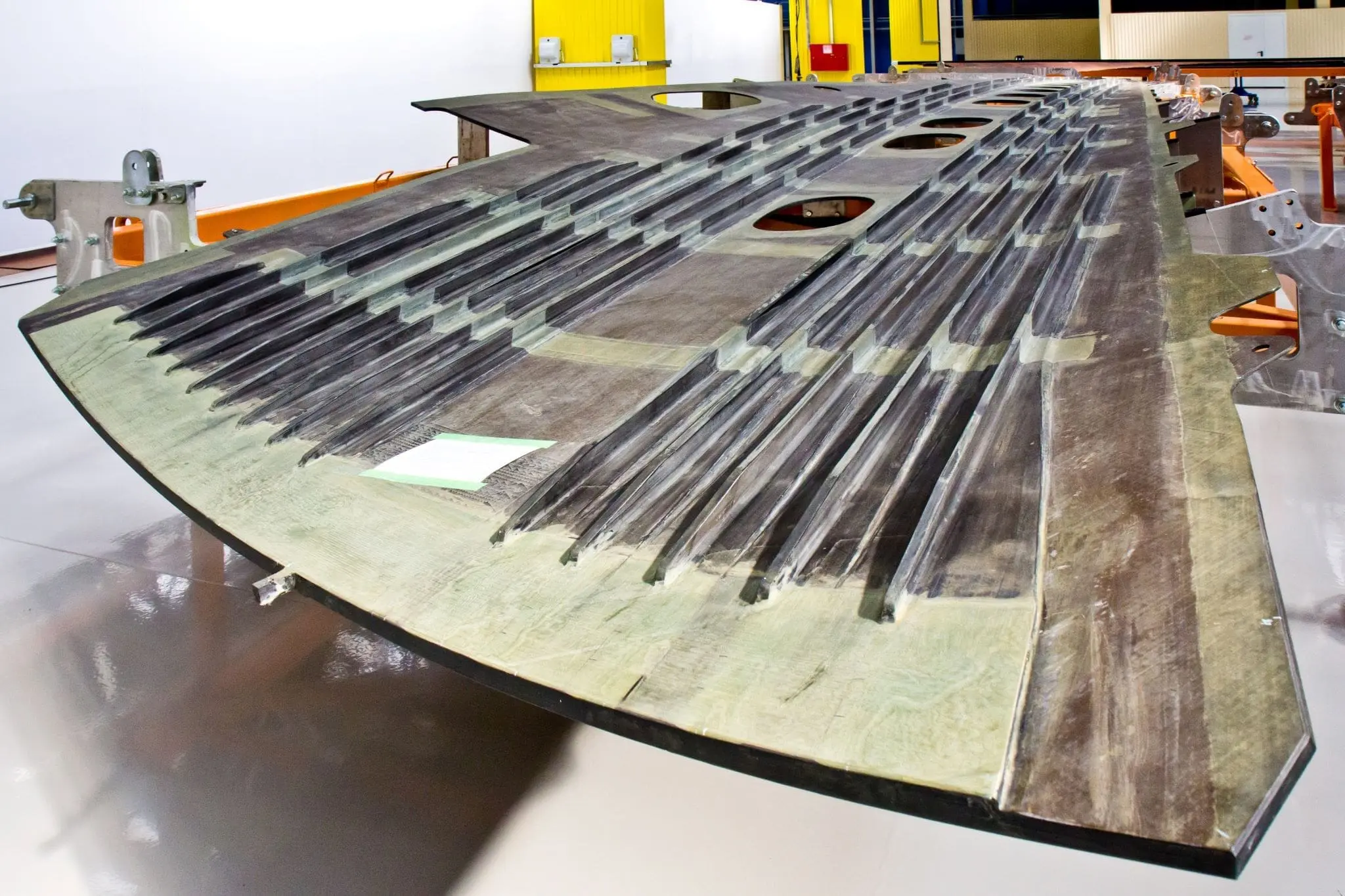The United States entered the first round of the ‘space race’ back in the late 50s to early 60s. At that time, there was a mad rush for industries and government agencies, in this case, NASA, to develop technology, applications, and systems for a type of vehicle they had no idea how to construct, maintain or supply replacement parts for.
Sixty years later, those government agencies have slimmed down to allow some impressive gains by publicly held companies to ride an unprecedented wave of design and innovation in aerospace technology, applications, and systems to maintain the fleet of reusable spacecraft now being used as an integral component of the supply chain needed to keep the International Space Station stocked with supplies, parts, and personnel.
Which begs the question – “What’s next?”
Let’s look at an area of “what’s next?” and apply it to the latest design and innovations in Additive Manufacturing for the aerospace industry. Then let’s look at some new applications and challenges being met with cold spray technology for those aerospace companies looking for cost-effective solutions for making efficient repairs for both winged aircraft and aerospace vehicles.
From Metal Components to Lightweight Composites… and Back Again
It seems we have spent the majority of the last three decades, possibly longer, making major strides in the design and development of carbon composites and polymers that took our heavy metal-framed aircraft and created new airframes that were very lightweight and even more durable than their metal counterparts.
Thanks in part to new technology like Additive Manufacturing or 3D Printing, if you will, there exists now a technology that can fabricate these new, lighter, more durable components. Scott Sevcik, the vice president of the aerospace business segment at Stratasys, alluded to that fact about shaving weight and turning metal aircraft into composite aircraft. However, he also mentions that even with huge strides in polymer and composite Additive Manufacturing, there are still components that must be made from metal.
The latest technology from Additive Manufacturing addresses that issue by implementing the use of metal powders to fabricate metal components. It will be interesting to see how this plays out in the immediate future of Additive Manufacturing.
Airbus’ Position on Additive Manufacturing in Aerospace
Hauke Schultz, the Additive Manufacturing Roadmap Leader at Airbus, is in charge of implementing new Additive Manufacturing applications within Airbus. He says they have been experimenting with Additive Manufacturing for about two decades now. Their push in this realm is towards actual sustainable replacement part inventories maintained by the Additive Manufacturing process.
Schultz believes that Airbus is at the forefront of this technology and is excited about the Additive Manufacturing process and where Airbus is about that process.
Additive Manufacturing from Plastic to Platinum
If you were to lay the technological advancements of Additive Manufacturing down on a timetable, it would appear that the knowledge base behind the technology is at a place where new facets of the technology can now become just as mainstream. The first 3D printers constructed parts and pieces by melting a plastic medium, then pushing that molten plastic through a nozzle. Similar to cake-decoration where frosting is pushed through a nozzle, you can build intricate shapes by careful and well-controlled movements.
Now the technology is being further developed to include complex parts that are intricate in their construction and uses. The future is indeed bright for Additive Manufacturing, and the new technology of metal parts fabricated from metal powders is the latest direction for the Additive Manufacturing industry.
Although metal Additive Manufacturing is not new, it wasn’t until recently that the technology became advanced enough to be used in the aerospace industry. Designers now have at their disposal the ability to produce a tangible component in hours instead of weeks and months.
The research and development of Additive Manufacturing are being measured in ways that no other technology has in the past. And with the government’s stance and subsidies on Additive Manufacturing, it is an appealing and attractive genre for startups looking for a definitive mission.
Additive Manufacturing and Cold Spray Are Meeting the Challenges of the Aerospace Industry
Some of the new parts fabricated with Additive Manufacturing could benefit the industry even more with the advancements made in cold spray processes. Already being used as a better way to repair and even replace some parts, cold spray, like Additive Manufacturing, is being used to meet some of those new and different challenges proposed by the new, improved, and ever-evolving aerospace industry.
Cold Spray Additive Manufacturing (CSAM) is a new entry into the Metal Additive Manufacturing field. It offers the same advantages as it does for coatings and repairs: It is a solid-state process, where alloying elements remain in their locations in the crystal structures. It’s a self-peening process with compressive residual stresses, which hinder crack formation and growth. It can be used to build components from metals, blends of metals, and blends of metal and nonmetals such as ceramics.
In the early days of building complex vehicles to explore the areas beyond our atmosphere, any given company with the capacity to make and enhance a needed part was called on to add their name to the growing list of suppliers needed for building those first vehicles.
Now the opposite is true, and companies can optimize their Additive Manufacturing to meet the new challenges of the aerospace industry. These companies will be relied on heavily to produce large and small components and complete systems from a single manufacturer, whereas before, several manufacturers were needed to accomplish this goal.
So, what’s next for Additive Manufacturing in the aerospace industry? Look for different companies to promote specific types of Additive Manufacturing, like the metal parts from metal powders for those parts that cannot be anything but metal.
Turn to ColdSpray.com for more industry news and resources for implementing cold spray innovations.



